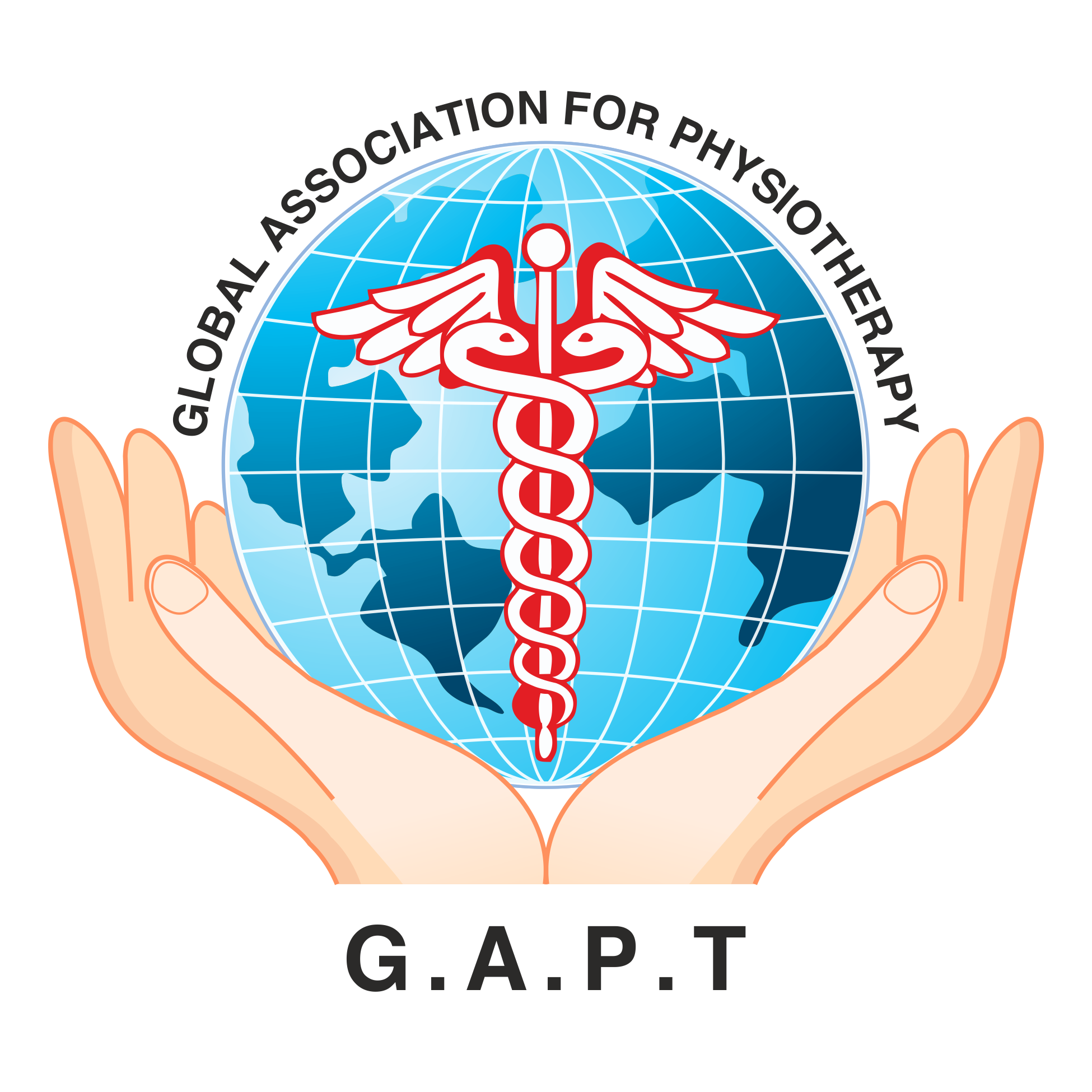
(OSD) is also called Teen-aged knee Pain.
It is the most common cause of knee pain in growing age.
where the inflammation area is just below the knee from where the tendon of the kneecap (patellar tendon) attached to the shin bone (tibia).
It is the repetitive use injury that causes painful lump below the kneecap.
OSD occurs during the growth spurts, when the bone , muscles, tendons and other structures are changing rapidly.
Physical activities put extra stress on bone and muscles.
Growth plates are area of cartilage located near the end of bones. When a child is fully grown up the growth plates become harder like solid bone.
Children who specially participate in athletics like running and jumping sports increases the risk of the condition.
Pathophysiology
Growth plates serve as attachment sites for the tendon, the strong tissues that connects muscles to bones. A bony lump (tibial tubercle) coversw the growth plate at the end of the tibia.
The group of muscles in the front of the thigh (quardriceps) attached to the tibial tubercle.

When the child is active the quardriceps muscles pull on the patellar tendon which in turn, pull on the tibial tubercle.
In some childrens this repetitive traction on the tibial tubercle leads to inflammation of the growth plate.
The prominance, or bumps of the tibial tubercle may become very pronounced.
Risk Factors
Female age 8-12 and Male age between 12-15years.
Ratio of male (3:1)
Rapid skeletal growth
Repetitive knee extension, sprinting, squatting, running and jumping sports.
Symptoms
Localise pain over the tibial tubercle often brought on by running, jumping upstairing, squatting and other sports related activities.
In some cases both knee have symptoms, although one knee is more worse than other knee.
Knee pain along with tibial tenderness.
Tight muscles in the back and front of the knee.
Diagnosis
Physical Examination
X-ray
Ultrasound
MRI
Treatment
Rest
Activities that provokes symptoms.
Strengthning and stretching program for quadriceps and hamstring.
Patella tendon strap (chopat strap)
Reducing pain and swelling
Limiting exercise activity untill your child can enjoy activity without discomfort or significant pain.
Conclusion
The cause of OSD is unknown.
A traction phenomenon resulting from repetitive quardriceps contraction through the patellar tendon at its insertion upon the immature tibial tubercle.
Repeated knee extensor mechanism contraction that causes partial microavulsion of the condrofibro-osseous tibial tubercle.
The repetitive runner, jumper athletic population is most common now a days.
OSD is usually self limiting and resolves by the time the patient is aged 18 years when the tibial tubercle apophysis ossifies.
Dr. Priyanka Tirkey (PT)
Secretary, Womens Wing
Uttar Pradesh
Global Association for Physiotherapy






